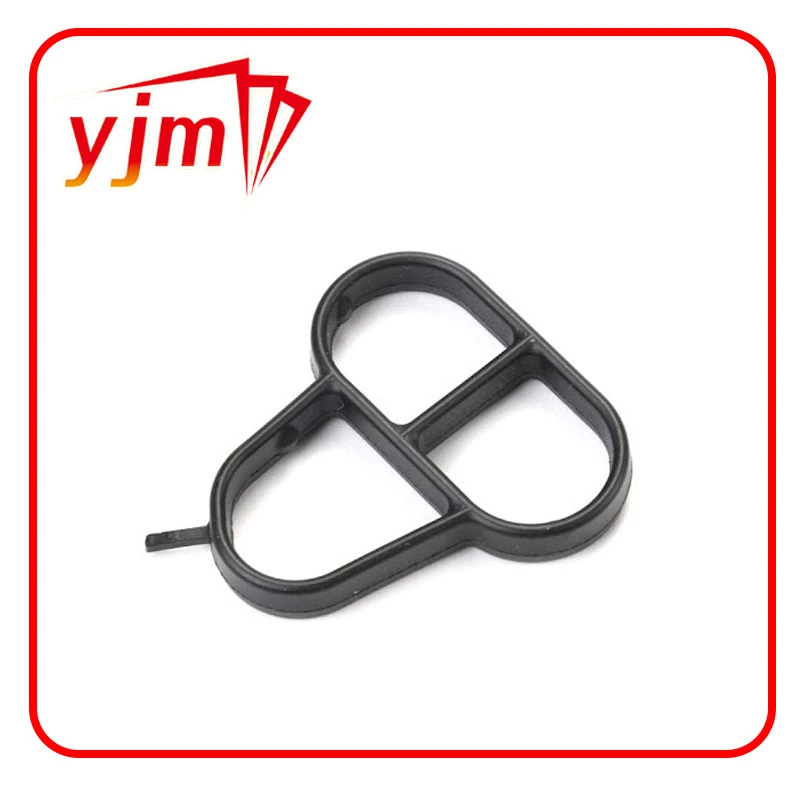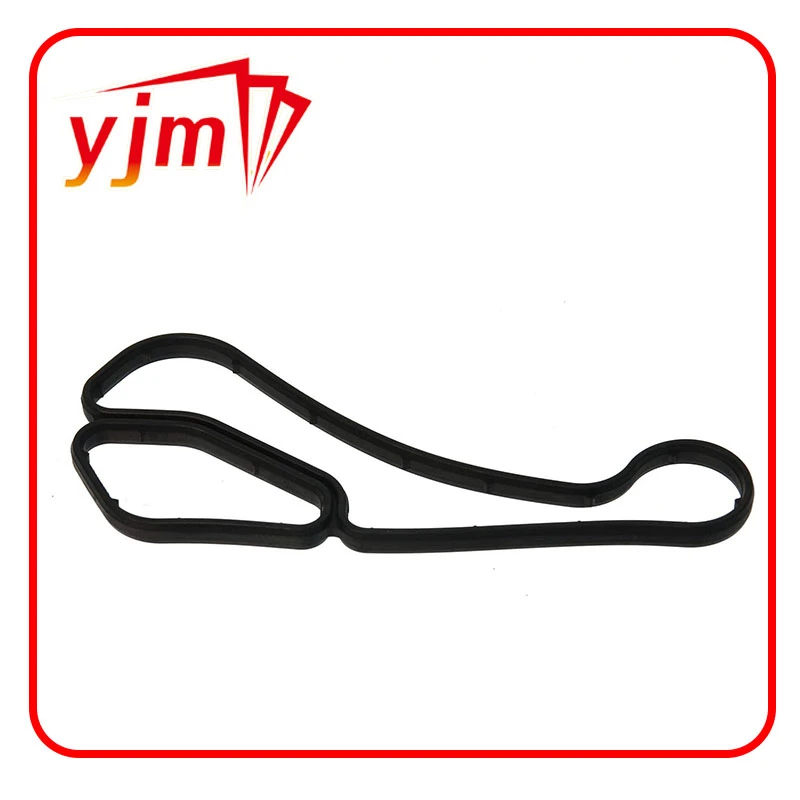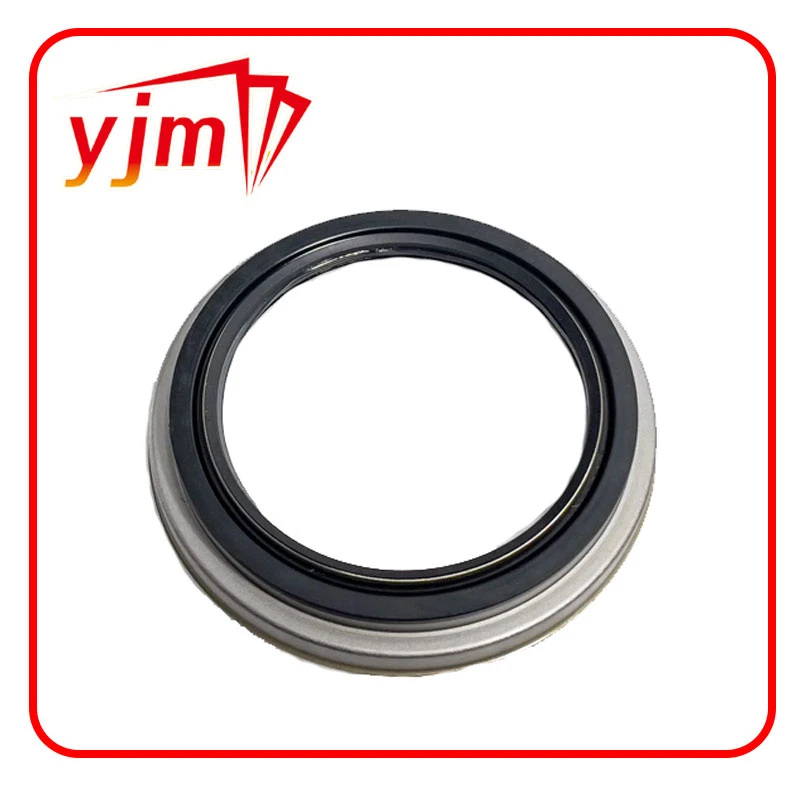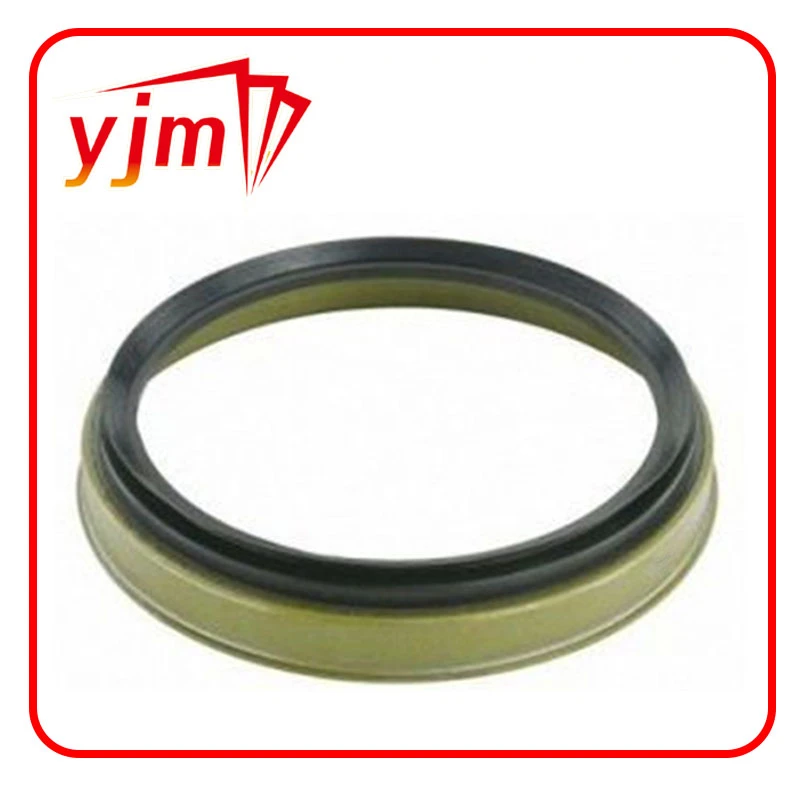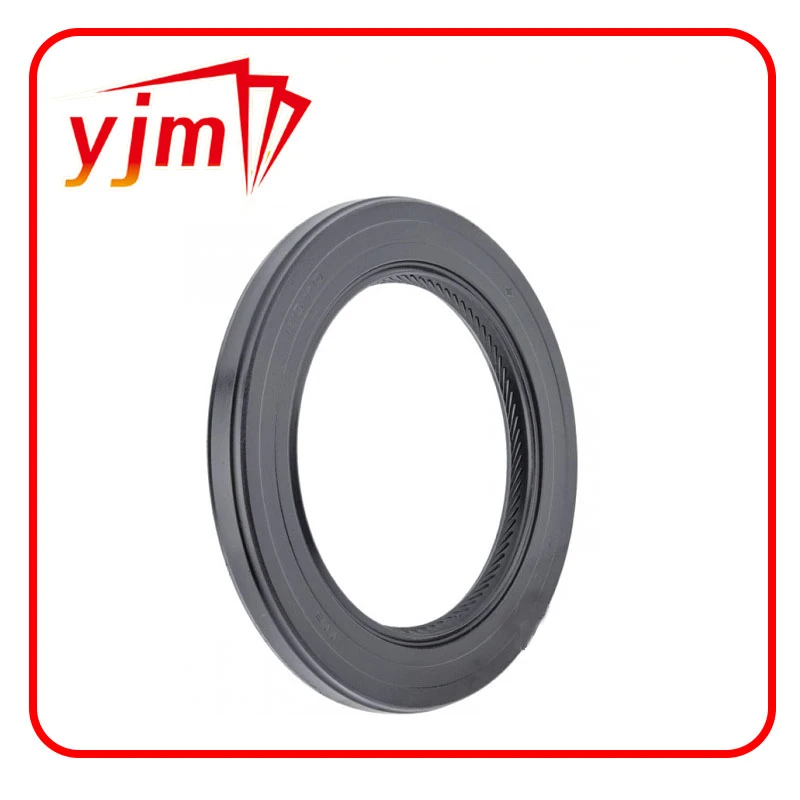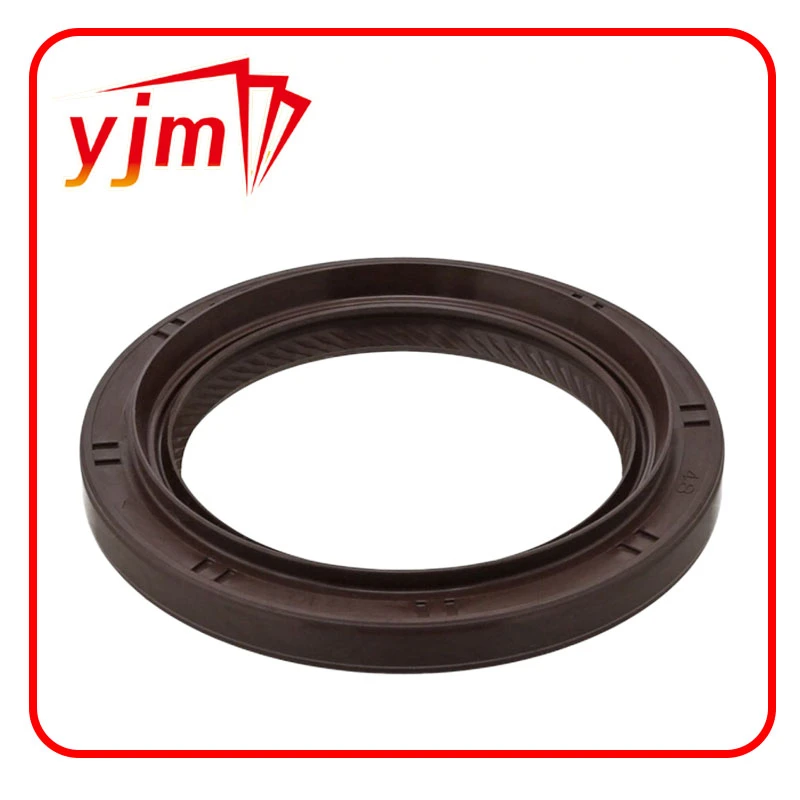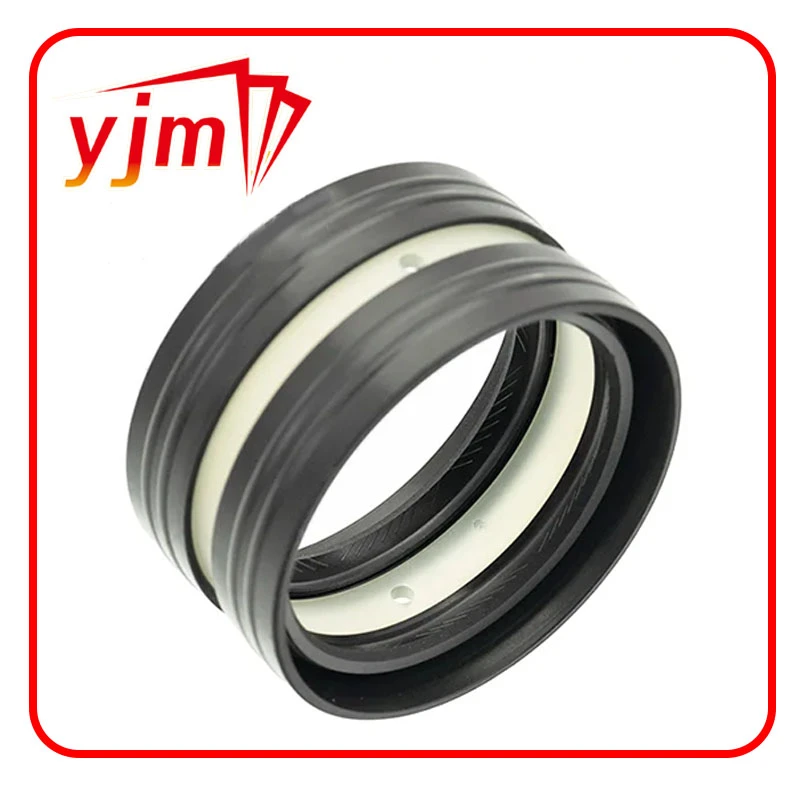Understanding Seal 12 20 5: Applications, Specifications & Industry Insights
What Is Seal 12 20 5 and Why It Matters
In the ever-evolving landscape of industrial and mechanical components, the term seal 12 20 5 might seem like just a string of numbers and letters. Yet, this compact designation holds crucial importance in sectors ranging from manufacturing to oil and gas, and even humanitarian logistics. Understanding it unlocks benefits such as enhanced equipment longevity, better safety standards, and overall cost savings.
On a global scale, the demand for reliable sealing solutions like seal 12 20 5 is intertwined with a push for sustainable industrial practices and efficiency. From ISO standards shaping mechanical seals’ quality to vast industries aiming to reduce downtime, recognizing what this seal stands for helps businesses and engineers tackle challenges head-on.
The Global Context: Why Seal 12 20 5 Is More Than Just a Component
Industrial globalization means equipment operates under increasingly diverse conditions — think extreme temperatures, chemical exposures, or remote locations without easy repair access. According to a recent ISO report, mechanical failures due to poor sealing are responsible for approximately 15-20% of downtime in heavy industries worldwide.
Seal 12 20 5 answers such pain points by providing a standardized, reliable sealing solution designed for precision and durability. Around the world, manufacturers face a delicate balancing act between cost-efficiency and resilience. This seal type helps them make headway, especially in sectors like automotive assembly lines, hydraulic systems, and energy production.
In humanitarian relief, where sealing reliability might govern the integrity of fuel tanks or water pumping systems, the value isn’t just mechanical. It’s a direct impact on safety and dignity.
Seal 12 20 5 – Breaking Down the Definition
Simply put, seal 12 20 5 is a code specifying a particular size and type of fluid or mechanical seal primarily used to prevent leakage between moving and stationary parts in machines.
Each number corresponds roughly to dimensions (often inside diameter, outer diameter, and thickness in millimeters). In this case:
- 12 mm – inner diameter
- 20 mm – outer diameter
- 5 mm – thickness or width of the seal
This specification helps engineers quickly identify the correct seal to ensure optimal fit and performance, minimizing machine downtime and reducing contamination risks.
Key Components of a Seal 12 20 5
1. Material Composition
The seal is typically made from synthetic rubber compounds or PTFE (polytetrafluoroethylene), sometimes enhanced with additional fillers for durability and chemical resistance. The precise material choice affects temperature tolerance and lifespan – which is critical for real-world applications.
2. Durability & Temperature Range
Robustness here isn’t just marketing speak—many seals have to withstand anything from -40° C to +120° C (or more). For instance, in automotive systems, the seal’s resistance to engine fluids and friction drastically dictates reliability and maintenance frequency.
3. Installation & Compatibility
Seal 12 20 5 must be compatible with the housing and shaft it clamps onto, ensuring a snug, leak-proof fit. Many engineers praise its straightforward installation process — a real time-saver compared to older or bulkier seals.
4. Size Precision
The numbers tell the story here — selecting an accurate seal size avoids mechanical failure or excess wear. Even a 0.1 mm misfit can cause performance degradation or early failure.
5. Cost Efficiency
These seals hit a sweet spot between affordability and longevity. Bulk purchases reduce costs for manufacturers, but more than that, reliable sealing lowers overall operational expenses by avoiding equipment breakdowns.
Seal 12 20 5 Around the World: Applications and Real Use Cases
From bustling manufacturing hubs in Germany to remote mining operations in Australia, the seal 12 20 5 finds wide application. In industrial machinery, its leak-proof qualities ensure lubricants stay put, moving parts remain protected, and contaminants are kept firmly out.
In post-disaster scenarios, where portable water pumps and fuel storage need quick servicing, reliable seals like these serve as unsung heroes. NGOs and field engineers often report that having standardized seals on hand (like seal 12 20 5) massively cuts down repair time—sometimes literally saving lives by preventing system failures during critical moments.
A Snapshot: Seal 12 20 5 Product Specifications
| Specification | Details |
|---|---|
| Inner Diameter | 12 mm |
| Outer Diameter | 20 mm |
| Thickness | 5 mm |
| Material | Nitrile Rubber (NBR) or PTFE |
| Temperature Range | -40°C to +120°C |
| Typical Applications | Hydraulics, Automotive, Pumps, Compressors |
Vendor Comparison: Choosing Your Seal Supplier
| Supplier | Material Options | Lead Time | Price Range (USD) | Customization |
|---|---|---|---|---|
| YJM Seal | NBR, PTFE, Viton | 1-2 weeks | $1.20–$1.75 / piece | Diameter & thickness variants |
| Global Seals Ltd. | NBR, Silicone | 2-3 weeks | $1.10–$1.60 / piece | Custom sizes on request |
| SealTech International | PTFE, Viton | 3-4 weeks | $1.50–$2.00 / piece | Bulk order only |
Advantages and Long-Term Value of Using Seal 12 20 5
Why do designers and engineers keep favoring seal 12 20 5? I suppose it's because they strike a rare balance between durability and price, which in the long term reduces equipment failures and environmental hazards caused by leaks. Besides mechanical virtues, these seals contribute to safety — preventing chemical exposures and preserving clean operations — and sustainability, by lasting longer and reducing waste.
Socially, the reliability they offer supports industries maintaining consistent production standards, which means workers aren't exposed to breakdown chaos and clients receive dependable services.
Future Trends & Innovations in Seal Technology
Digital monitoring and ‘smart’ sealing materials are increasingly entering the arena alongside traditional seals. Imagine a future where seals like the seal 12 20 5 aren’t just passive barriers but sensors themselves, alerting operators about wear levels or environmental risks before failure happens.
Material science offers promising developments with polymers derived from sustainable sources or infused with graphene for strength. Automation in manufacturing these seals ensures tighter tolerances and faster deliveries, reflecting a shift towards Industry 4.0 principles.
Challenges & Solutions
Not all is perfect, though. One recurring challenge is the compatibility of seal materials with exotic fluids or extreme pressures. Often, seals can degrade faster than expected when exposed to unconventional chemicals or abrasive particles.
Innovative approaches include hybrid polymers and applying surface coatings to enhance chemical resistance. Also, improved supplier collaboration on customization helps clients source the precise seal 12 20 5 variant that fits their unique needs.
FAQ: Frequently Asked Questions About Seal 12 20 5
- Q: What materials are most common for seal 12 20 5, and when should I use each?
A: Nitrile Rubber (NBR) is common for oils and fuels, PTFE suits chemical resistance needs, and Viton handles high temperatures. Choose based on the fluid and environment involved. - Q: How do I know if seal 12 20 5 will fit my machine?
A: Measure the shaft and housing diameters precisely; the numbers indicate inner diameter, outer diameter, and thickness. Consult supplier specs or send your machine details for custom advice. - Q: Can seal 12 20 5 be reused after removal?
A: Typically, no. Seals deform upon installation and removal, which may affect sealing integrity. It’s best practice to replace seals to ensure ongoing reliability. - Q: How does temperature impact seal choice?
A: Temperature extremes can harden or degrade materials. Selecting a seal rated for your specific temperature range, e.g., -40°C to +120°C for standard types, is crucial.
Conclusion: The Last Word on Seal 12 20 5
It really boils down to this: understanding and using the right seal 12 20 5 can dramatically affect the reliability, safety, and cost-effectiveness of your machinery and operations. Whether you’re in manufacturing, energy, or emergency relief logistics, these seals quietly keep the wheels turning.
Feel free to explore more and find high-quality options at seal 12 20 5. After all, a small piece like this makes a surprisingly big difference.
Summary Takeaways:
- Seal 12 20 5 is a standardized sealing part vital for preventing leakage in various industries.
- It blends affordability and durability, helping reduce downtime and maintenance costs.
- Ongoing innovations promise smarter, greener seals, elevating both functionality and sustainability.
- Careful material and size selection directly dictate performance and lifespan.
- Reliable suppliers and customization options can solve many typical sealing challenges.
References
-
Seal 12x20x5: Precision Radial Shaft Seals for Industrial Reliability
News Nov.24,2025
-
Seal 12x18x5: Essential Guide to Specifications, Applications & Vendors
News Nov.24,2025
-
Durable Oil Seal 85x110x12 – Reliable Sealing Solutions for Industry
News Nov.23,2025
-
Durable and Precise Oil Seal 75x95x10 for Efficient Machinery | YJM Seal
News Nov.22,2025
-
Durable Oil Seal 75x100x10 for Reliable Industrial Performance | YJM Seal
News Nov.22,2025
-
High-Quality Oil Seal 65x90x10 | Durable & Reliable Sealing Solutions
News Nov.22,2025
-
Comprehensive Guide to Oil Seal 65 85 10 – Specs, Applications & Vendors
News Nov.21,2025
Products categories

